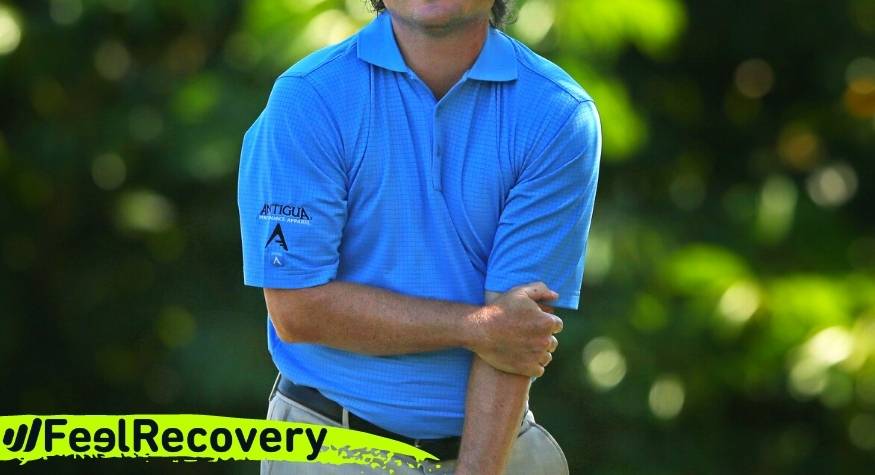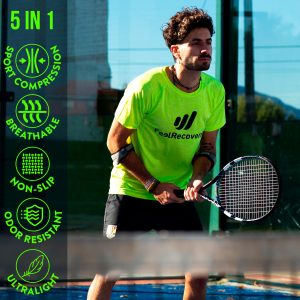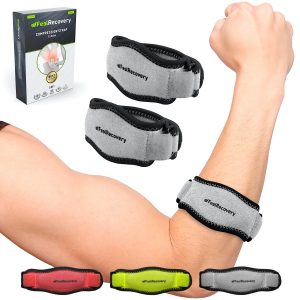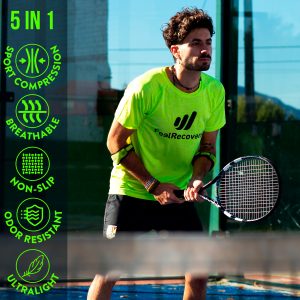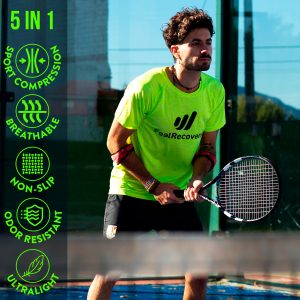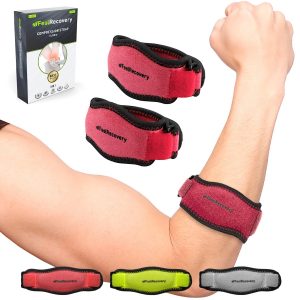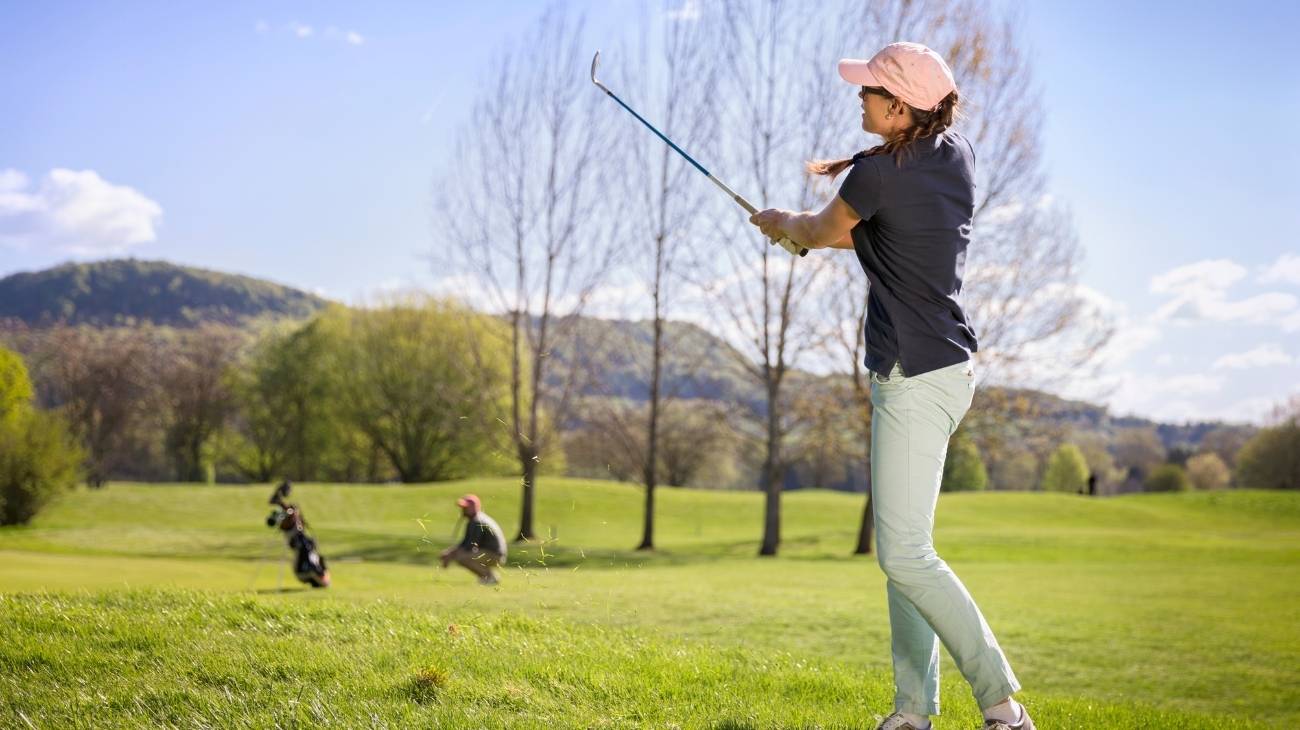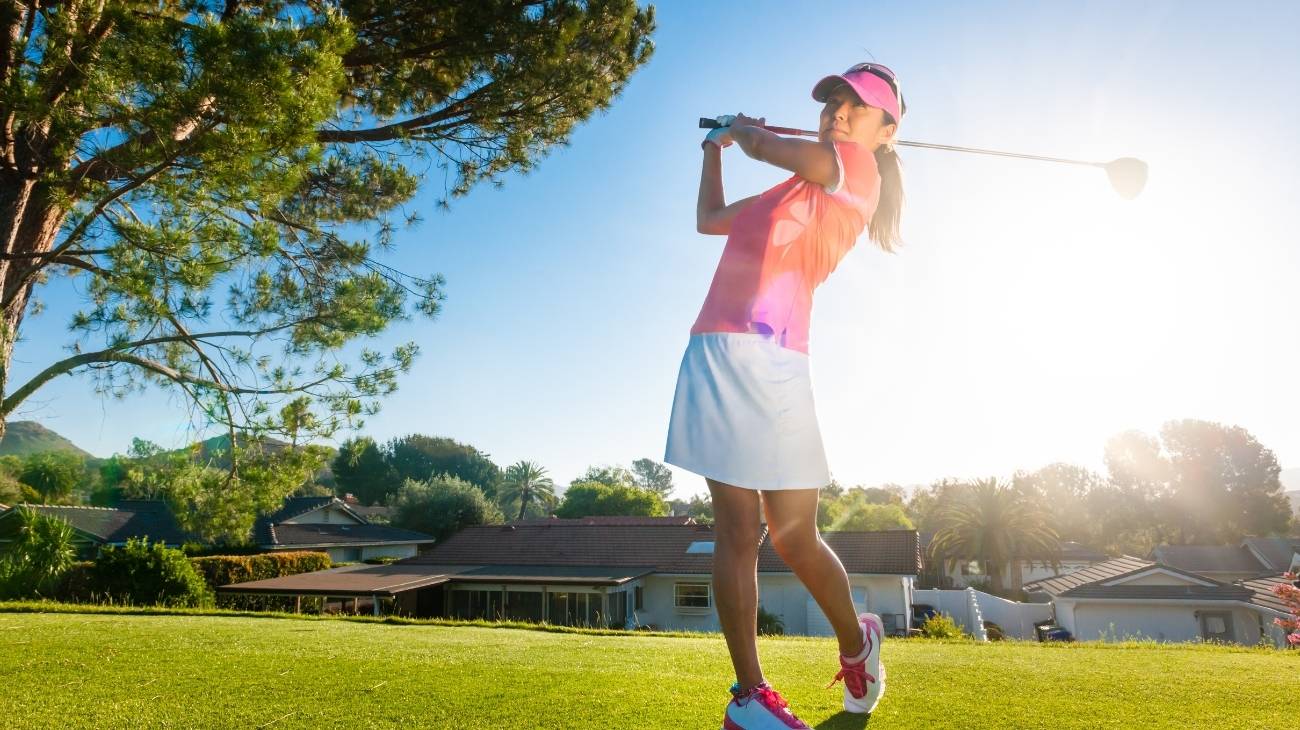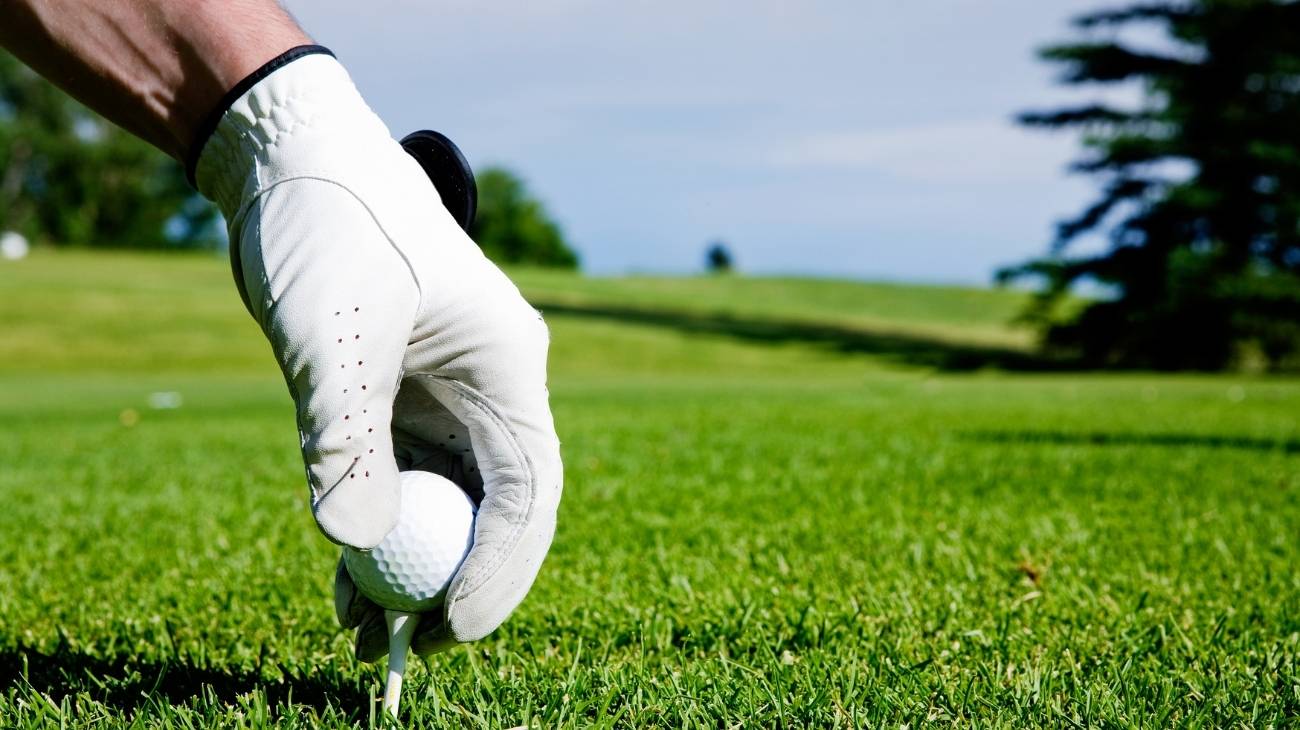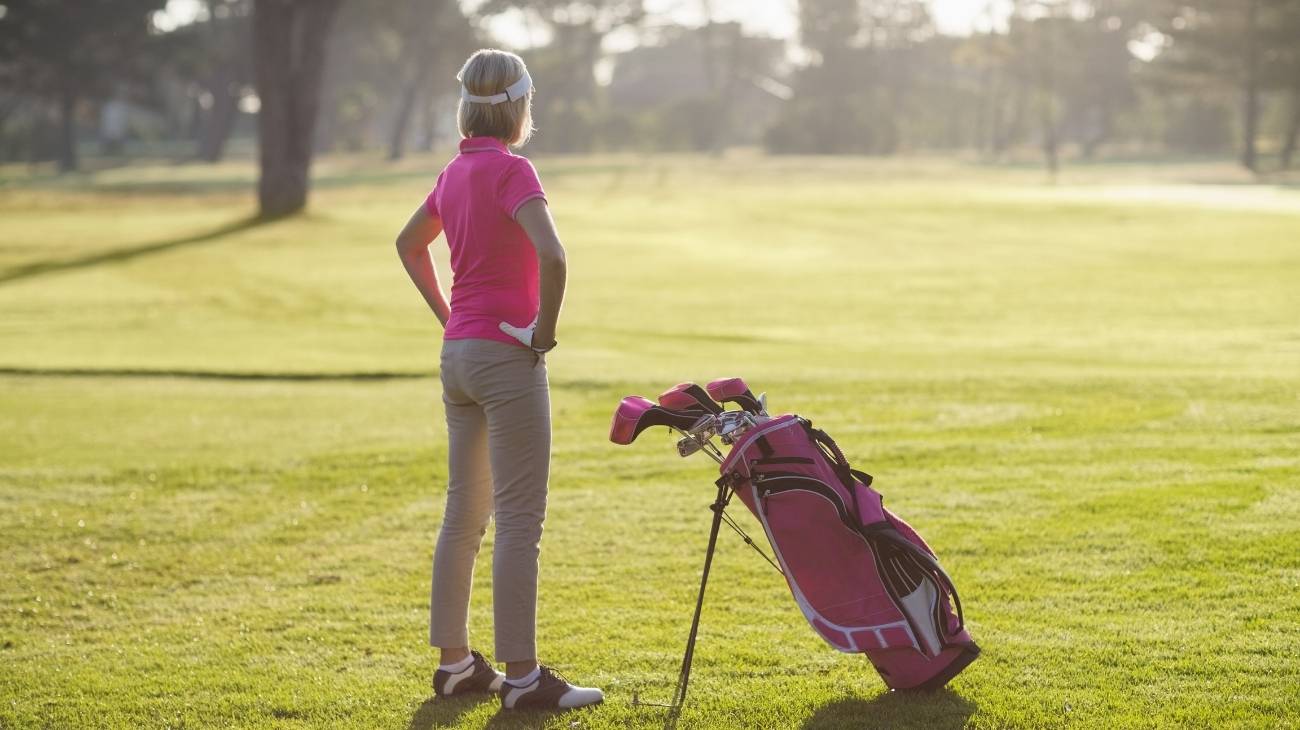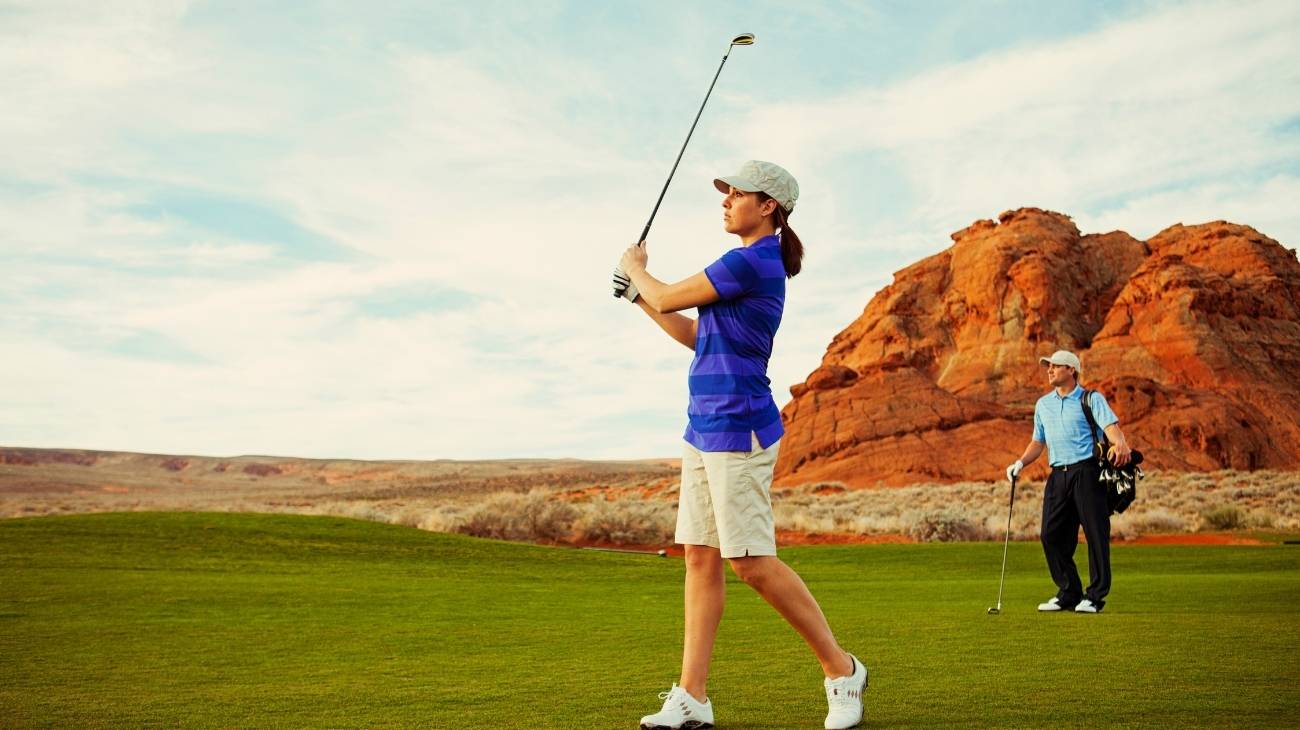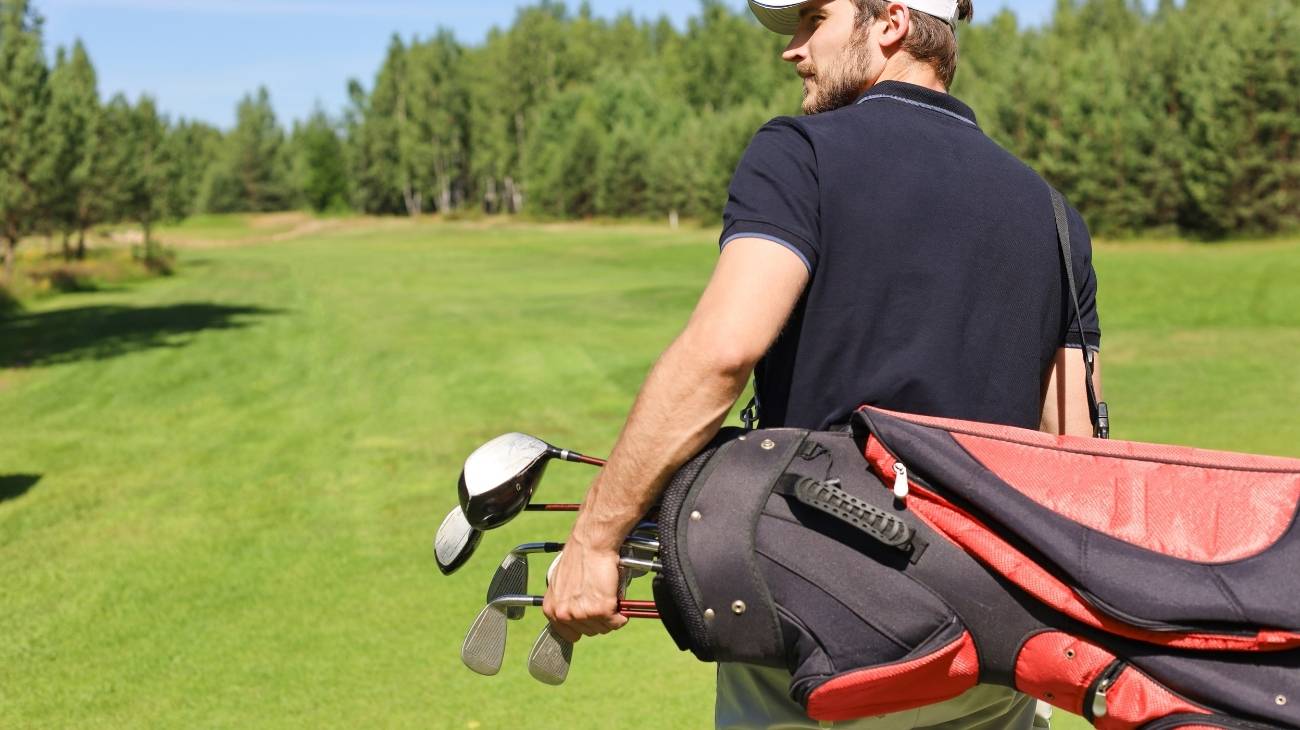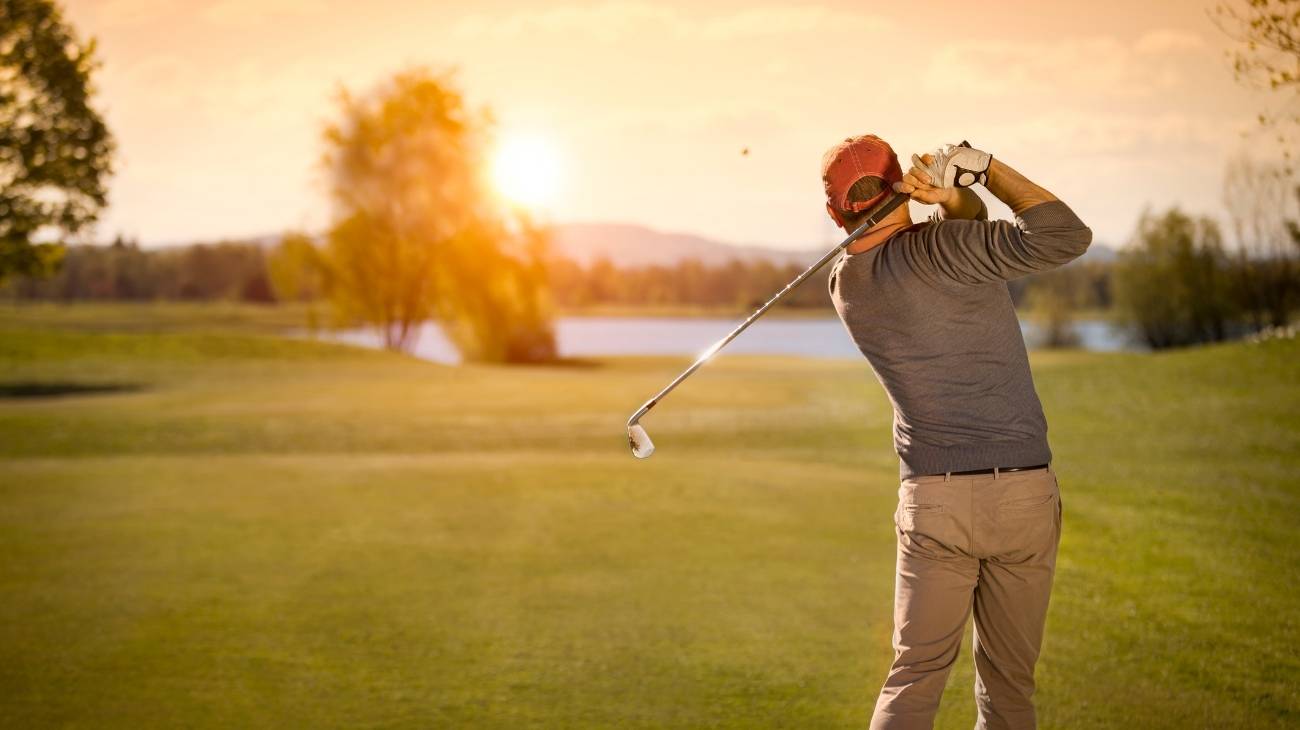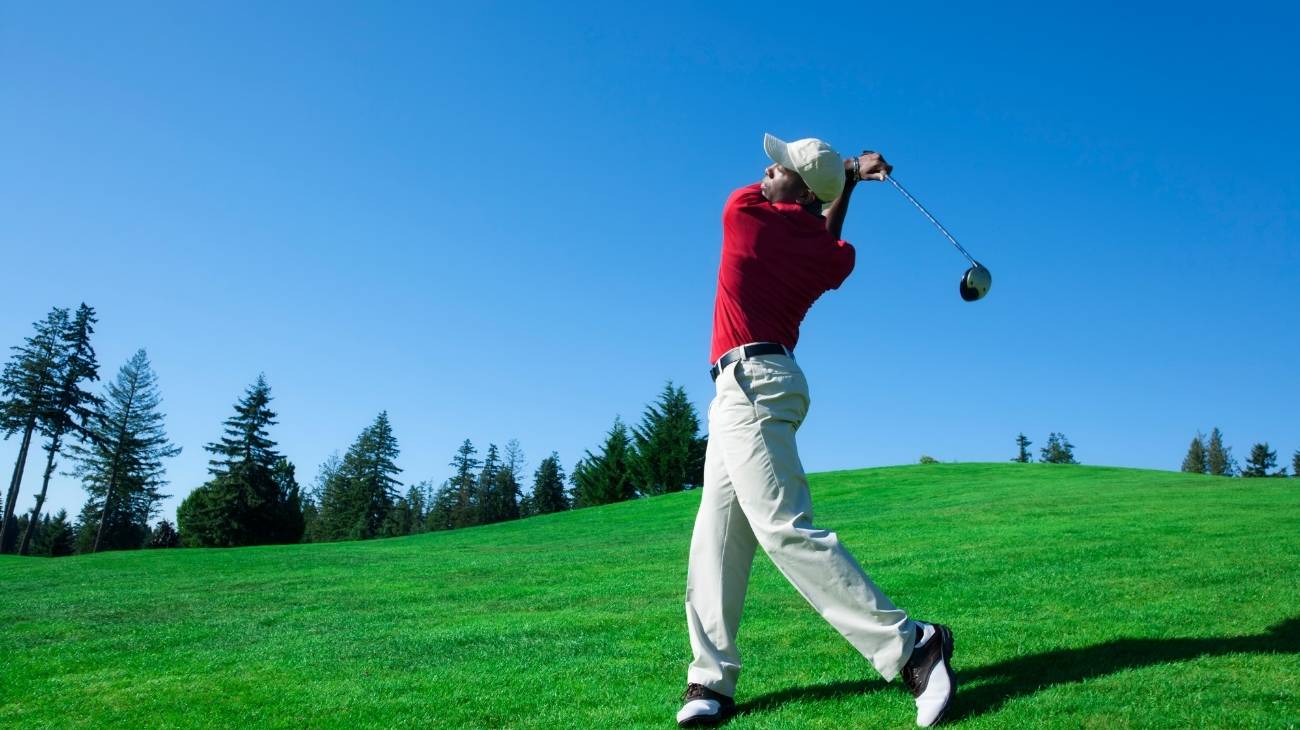Knowing the golf course, taking into account the weather and managing the power in each swing are key to avoiding injuries in this sport. If you are a beginner, you should be aware of the number of possible elbow injuries when playing golf.
Here's a list of the most common elbow injuries and how to apply the PRICE therapy to relieve pain and inflammation in the first few minutes if you do get one. You will also find out which are the best products on the market today and speed up physical recovery.
What are the most common types of golf elbow injuries?
Your position in front of the ball and the type of shot will define the demand on your elbows. A single plane swing should be directed by the right arm, while the left arm controls the power, as poor technique, or missing shots for any reason, causes unnecessary wear and tear on the arms, which is felt in the elbows in the long run.
Golfer's elbow
It is a severe pain in the inner part of the elbow caused by repetitive movements that overload the tendons that connect the forearm with this joint. It also occurs when players over-tighten their fingers in search of more grip on the club.
When the problem is addressed early, at the first signs of discomfort, surgery is not necessary. However, it is necessary to rest and adjust the way you swing, from the way you grip the club to the power of the swing.
Tennis elbow
Not limited to tennis players, it is also common in golf. Although the pain is centred in the elbow, the injury originates in the way the wrist moves and the grip of the club.
That's why it's important to know each type of stroke you'll be playing and each one should be practised at low intensity before you play. What's the difference with golfer's elbow? That the pain occurs on the outside of the elbow. You will still require rest and recovery treatment to ease the discomfort and keep you active.
Olecranon bursitis
A bad turn of the elbow or a hard blow inflames the bursae on the back of the elbow and creates painful bumps if they are not addressed in time.
The bursae are fluid-filled sacs that cushion the joint from friction and help withstand trauma. When the bursa is pressed excessively by improper flexion of the elbow, it also causes this condition. You notice this discomfort by an unexpected small bump on the elbow.
Elbow sprain
This is a sprain that causes rupture of the ligaments surrounding the joints in the elbow. It can be the injury of a few fibres or a complete section of the ligament, this will determine the degree of the sprain and the recovery time.
What are the causes of a sprain? It can be caused by falling with your arm outstretched or by a twist to which your arm is not firm. It is advisable to recognise the field and evaluate the place where you have to hit before knowing what position to take, remember that the transfer of energy in the blows is high.
Bone crack
Excessive twisting of the arm can cause one of the three bones that make up the elbow joint to crack. Often there is no pain, but you notice when there is pressure on the elbow or strong movements that alert you that something is wrong.
This is a minimal fracture that does not require immobilisation of the arm, but a lot of rest to get the fissures to reattach.
Subluxation of the elbow
This injury occurs when there is already excessive energy transfer causing one of the bones to become disconnected from the joint. Most commonly, the head of the radius is displaced out of place by a pull on the limb, as well as in the usual position of the arm when gripping the club and swinging.
It is best to seek medical attention immediately, without applying the PRICE method as these are not soft tissue injuries.
Ligament strain
Constant repetition by the golfer sometimes does not result in sprains or bills, but there can be discomfort from excessive strain on the ligaments in the elbow.
The medial lateral ligament is the one that suffers the most from an overload of work, it is a discomfort that is solved by stopping the activity and maintaining relative rest, that is to say that you will return to action once the inflammation goes down and you go through physiotherapy. In this case, it is advisable to apply the PRICE therapy, which you will learn in this article.
Best products for the recovery of elbow injuries in golf
Bestseller
-
2 Elbow Compression Sleeve (Black/Gray)
£17,50 -
2 Elbow Compression Sleeve (Green/Navy)
£17,50 -
2 Elbow Compression Sleeve (Pink/Bordeaux)
£17,50 -
2 Tennis Elbow Brace (Black/Gray)
£12,95 -
2 Tennis Elbow Brace (Green/Navy)
£12,95 -
2 Tennis Elbow Brace (Pink/Bordeaux)
£12,95 -
Acupressure Mat and Pillow (Black/Gray)
£44,95 -
Acupressure Mat and Pillow (Green/Navy)
£44,95 -
Acupressure Mat and Pillow (Pink/Bordeaux)
£44,95
How to apply the RICE therapy to treat elbow injuries in golf players?
This is a set of steps to follow to reduce the negative effects of a minor injury, i.e. you can only apply it if you are dealing with soft tissue discomfort. The RICE therapy is better known in the world, although it has now been upgraded to PRICE with a major improvement for greater benefit.
- Protection: You should always have a classic bandage on hand to cover the elbow and prevent sudden and involuntary movements from causing further damage to the injury. Do not tighten it too tightly. This step will allow time to better assess the affected area and seek specialist care.
- Rest: You should avoid unnecessary movements that could cause further damage to the injury, so rest at first is complete, and then you can make slight movements. A good rest should last between 48 and 72 hours, depending on the progress of your recovery.
- Ice: The aim is to control inflammation and pain. If ice on the skin lasts longer than 20 minutes, numbness in the affected elbow is likely.
- Compression: Elbow braces are best in these cases, as they have the perfect shape to give greater protection and reduce swelling. If you don't have elbow braces, use an elastic bandage and this should remain in place for as long as the swelling continues.
- Elevation: Mix this technique with the previous ones, it helps to lower the swelling by raising the elbow above the level of the heart. A good way to do this is to lie down and raise the whole arm on a pad.
References
- Stockard, A. R. (2001). Elbow injuries in golf. Journal of Osteopathic Medicine, 101(9), 509-516. https://www.degruyter.com/document/doi/10.7556/jaoa.2001.101.9.509/html
- Simunovic, Z., Trobonjaca, T., & Trobonjaca, Z. (1998). Treatment of medial and lateral epicondylitis—tennis and golfer's elbow—with low level laser therapy: a multicenter double blind, placebo-controlled clinical study on 324 patients. Journal of clinical laser medicine & surgery, 16(3), 145-151. https://www.liebertpub.com/doi/abs/10.1089/clm.1998.16.145
- Ciccotti, M. G., & Ramani, M. N. (2003). Medial epicondylitis. Sports Medicine and Arthroscopy Review, 11(1), 57-62. https://journals.lww.com/sportsmedarthro/Abstract/2003/11010/Medial_Epicondylitis.8.aspx
- Shiri, R., Viikari-Juntura, E., Varonen, H., & Heliövaara, M. (2006). Prevalence and determinants of lateral and medial epicondylitis: a population study. American journal of epidemiology, 164(11), 1065-1074. https://academic.oup.com/aje/article/164/11/1065/61970
- Jobe, F. W., & Ciccotti, M. G. (1994). Lateral and medial epicondylitis of the elbow. JAAOS-Journal of the American Academy of Orthopaedic Surgeons, 2(1), 1-8. https://journals.lww.com/jaaos/Abstract/1994/01000/Lateral_and_Medial_Epicondylitis_of_the_Elbow.1.aspx
- Thériault, G., & Lachance, P. (1998). Golf injuries: an overview. Sports medicine, 26, 43-57. https://link.springer.com/article/10.2165/00007256-199826010-00004
- McCarroll, J. R. (1996). The frequency of golf injuries. Clinics in sports medicine, 15(1), 1-7. https://europepmc.org/article/med/8903705
- McHardy, A., Pollard, H., & Luo, K. (2006). Golf injuries: a review of the literature. Sports Medicine, 36, 171-187. https://link.springer.com/article/10.2165/00007256-200636020-00006
- Batt, M. E. (1992). A survey of golf injuries in amateur golfers. British journal of sports medicine, 26(1), 63-65. https://bjsm.bmj.com/content/26/1/63.short
- Edwards, N., Dickin, C., & Wang, H. (2020). Low back pain and golf: A review of biomechanical risk factors. Sports Medicine and Health Science, 2(1), 10-18. https://www.sciencedirect.com/science/article/pii/S2666337620300068

